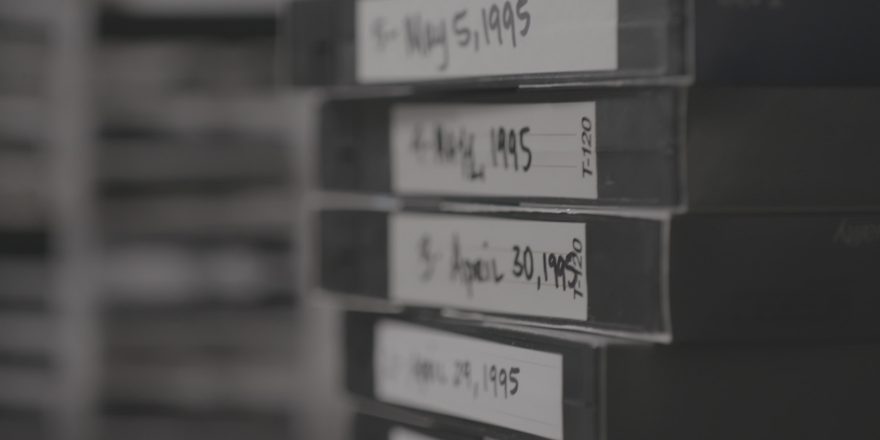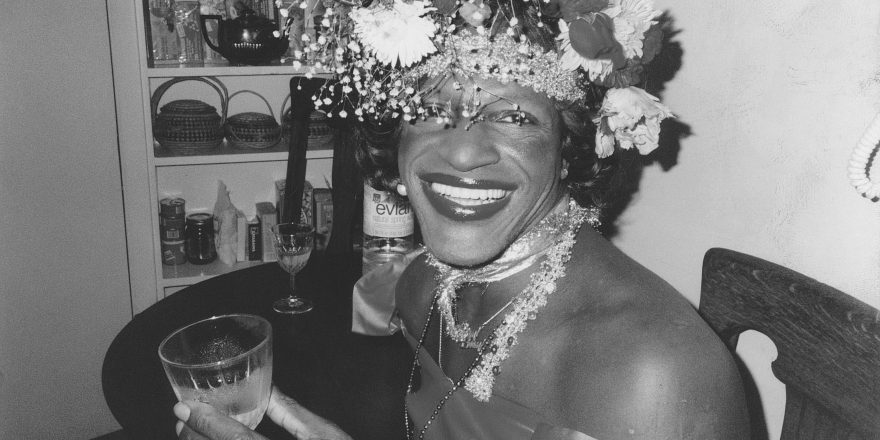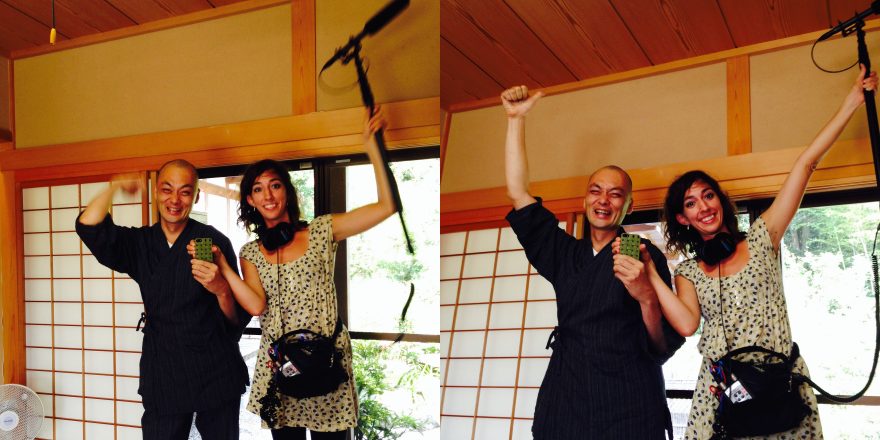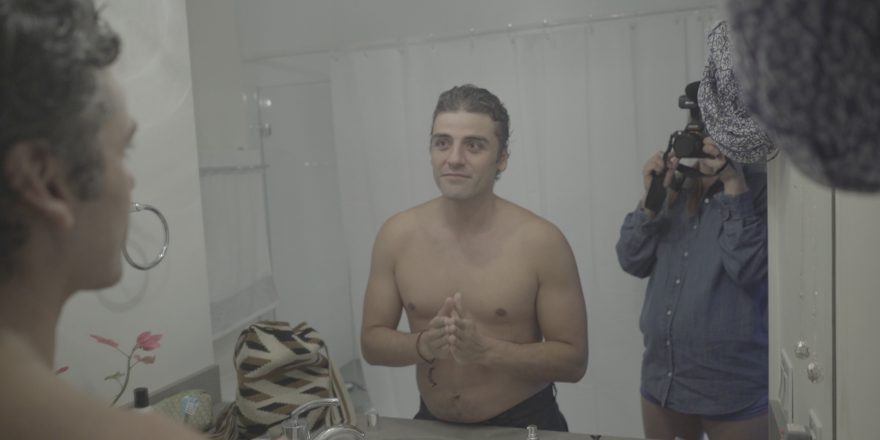When I decided to make The Confession Tapes, a series revealing the critical role coercive interrogations play in wrongful convictions, I knew it carried tremendous responsibility. Because it was an anthology series, I didn’t have an eight-episode span in which to present a narrative about one individual case. Each case gets its own episode of 45 to 55 minutes, with the exception of one, which we covered in the first two episodes of the show. It was important to dive deep into the particulars of the cases, but the episodes still had to be linked by – and revolve around – damning archival footage of a false confession. So, even when I wanted to dive into specifics, I had to return to the goal of dismantling the confession. It’s a conceptual series that doesn’t use talking head experts but unfolds a story across the span of an interrogation tape, and my aim was to have relevant information about the case springboard from the tapes, with the tape as the structural spine.
In all of these cases, a narrative about the crime was cemented in the media and at trial. Later, in the face of overwhelming proof, that narrative becomes difficult to even challenge, let alone change. I tasked myself with disrupting the old narratives by placing the confession in a new context and understanding its totality — not just the most damning parts, but the vulnerable parts too. Since the series launched, I have reflected on themes I could have articulated better, or facts — mostly those further supporting the defendant’s innocence — that didn’t make it in the final edit. In this piece, I’ll be detailing some of the things I’d love to have been able to include.
The “Eighth and H” episode, about a housekeeper and mother of six living in gritty 1980s D.C., involved many defendants but I chose to focus on Clifton Yarborough because, as a juvenile with a low IQ, he exemplified someone who is particularly at risk to giving a false confession. Our team successfully told the story of why he confessed, but I should have included the fact that Clifton was also given the old rubber-hose treatment as well. His lawyer John Williams spoke about this treatment by police during the interrogation:
Williams: They deliberately intimidated him first because he was the one that they knew was a special education student and they wanted to get him to crack first.
Loudenberg: Did they hurt him at all?
Williams: Cliff says that they hurt him. He says that they, uh, that they threw him across the table in the interrogation room and threw him up against a file cabinet in the room. Cliff does later describe them shoving his head in a toilet and flushing it.
Loudenberg: Did he hurt his knee?
Williams: Cliff says that when he was thrown into the file cabinet that he hurt his knee.
Maurice Thomas, the 14-year-old paid “witness” was missing from that same episode. We couldn’t find or connect with him on such a short timeframe. But it was known that Maurice was picked on for being effeminate and was called “faggy Maurice.” Knowing this would have helped viewers understand why Maurice would pin a crime he never even saw on a few guys that picked on him.
Also, and for the record, the Maryland Police Department denied our Freedom of Information Act request for files relating to the case. So it also goes the other way too. The state refused to turn over information and I had to rely on Clifton’s lawyers and journalist Tom Dybdahl to supplement. All prosecutors and police officers also declined to be interviewed, leaving those voices out as well. At trial 34 years ago, prosecutors left out critical information alluding to the innocence of these men. These Brady violations didn’t seem to matter to the Supreme Court. Talk about omissions!
In the episode about Karen Boes, who was accused of burning her rebellious daughter while she slept, I wish I could have played her whole interrogation, because the deeper I went, the darker it got. The legal team at the production company said I couldn’t say the officers “lied” to Karen about her fingerprints being on the gas can because that was defamatory. However, they did lie – over and over again about all kinds of evidence they said they “found” connecting Karen to the arson.
Chief Olney: Okay. What makes you say that?
Karen: Fingerprints on the gas can, it’s the I thing I can, that I know. I cannot think of anything at all- else that would indicate unless I just completely lost it.
Karen: The evidence shows that I did it.
Chief Olney: Okay.
Karen: As far as the story goes, I feel like I sort of got talked into it and that’s ok, all right? I, I, just, I’ll take the rap.
ATF Agent Eduardo Fernandez: When you hear the rain, right, and it’s raining and you hear it on the roof and you know, you think it rained overnight, right? You smell the rain, you hear the lightning. The next morning you get up, and you see the grass is wet and you see the smoke coming out, you know from the fog and you say to yourself, you know, it rained even though you never saw it rain.
Karen: Right.
ATF Agent Eduardo Fernandez: As sure as you know that it rained, I’m sure you had to do something with this fire.
Sometimes the things I left out of certain episodes weren’t damning, but just downright bizarre. For example, I couldn’t find a way to include this surreal part of the interrogation of Lawrence DeLisle, a tire store manager who drove his wife and four kids into the Detroit River when the accelerator in his car stuck, because it just didn’t work for our edit.
Interrogator: I think you’re tired of running and hiding.
DeLisle: I don’t even want to go to trial. Just throw the key away. (Pause) You’ve got to be exhausted.
Interrogator: It’s time to take a snooze.
DeLisle: Maybe I’ll buy you breakfast if I get some of my money back…an egg McMuffin?
Interview concludes, 1:00 AM
Sometimes what I had to leave out was not about those who confessed, but those they left behind. For the episode about Buddy Woodall’s case, a man accused of killing his own uncle and his uncle’s friend, I interviewed Buddy’s mother-in-law Cynthia, a good-hearted and strong woman, but that footage didn’t make the final cut. Nevertheless what she said made a huge impression on me and showed the profound way in which Buddy’s conviction had affected her and her whole family:
“I don’t believe in the judicial system anymore. It just don’t work. Not for innocent people it don’t. You talk about evidence, I mean the evidence was there to release Buddy and it didn’t happen. So, do I believe in justice anymore? No, I don’t.”
“Oh, honey, if only you knew, there’s not a day, and this is God be my witness, when if you live through something like this, you just wonder, what day? When’m I going to get the call, saying that he’s coming home? When am I going to get the call? And I know it’s going to happen one day. Might not be today. It hadn’t been in 15 years, you know, but one day.”
Wesley Myers was accused of beating and burning his girlfriend to death in the bar that she managed. I wish I’d included the fact that the jurors sent the judge a note during deliberation saying, “We are hopelessly deadlocked.” The judge then met with these jurors, off the record, and without the accused or his attorney present. If the jury couldn’t come to a decision, that would have been a mistrial. When Wes’ appellate attorney discovered the judge’s actions more than a decade later, it helped get his conviction vacated. That and all the DNA evidence police collected was tested and it turned out that the victim’s blood was mixed with another male’s DNA. It positively excluded Wesley, but he’d already spent 17 years locked up.
Wes was forced into a plea deal only a month before Netflix released The Confession Tapes. I agonized over this timing and the fact that he’d have to confess again. I flew to Charleston to support him at his hearing. The city conveniently didn’t alert the media to the existence of the hearing, so all cameras except for ours were absent from Wes’ final confession. My sound guy said he heard Wes mumbling prayers under his breath. I wanted to edit in this final chapter so viewers could learn about yet another failure in our criminal justice system: innocent people are forced into plea deals all the time. But because Netflix was so close to release date, we couldn’t add this material.
In addition, police officer Major McHale who interrogated Wes said some pretty shitty things. I wish I would have put more of that in the edit.
Major McHale: A lot of times we take people to jail, we take guys to jail, it’s, you know, unfortunate in this country, but this is the way it is: we side with the woman because she’s the weaker person, allegedly. But in some marriages, if women were just to shut up, they wouldn’t get hit. And at some point, the first hit is easiest, and it’s the hardest. But once the first hit is done, we see red, we don’t see anything else. It’s just that, you stupid wench, I told you, no, you know.
Wes’ trial lawyer Tim Kulp was the best interview I’d ever done. This is what he said about confessions, which sadly didn’t make it into the episode:
“The confession – the confession is the holy grail of nails, of nailing someone, because of the obvious knowledge that many people, until they find out how false confessions are obtained, will say all day long, as if it was the next T-shirt at the beach, ‘I’d never confess to something I didn’t do.’ Right? Maybe.”
Documentary filmmakers have to use the information they’re given, the information out and available in the world. Once they gather everything, inevitably there is a lot that hits the cutting room floor. But in telling stories about American justice, the challenge begins when institutions and systems leave critical information out by not taping entire interrogations, by withholding evidence from the defense, by not investigating alternative theories and suspects, and by not letting experts testify. The problem begins when the state omits and edits out relevant information from a case. I’m tasked with finding that and re-presenting it. I hope viewers can make their own assessment by seeing a more holistic presentation of facts.






